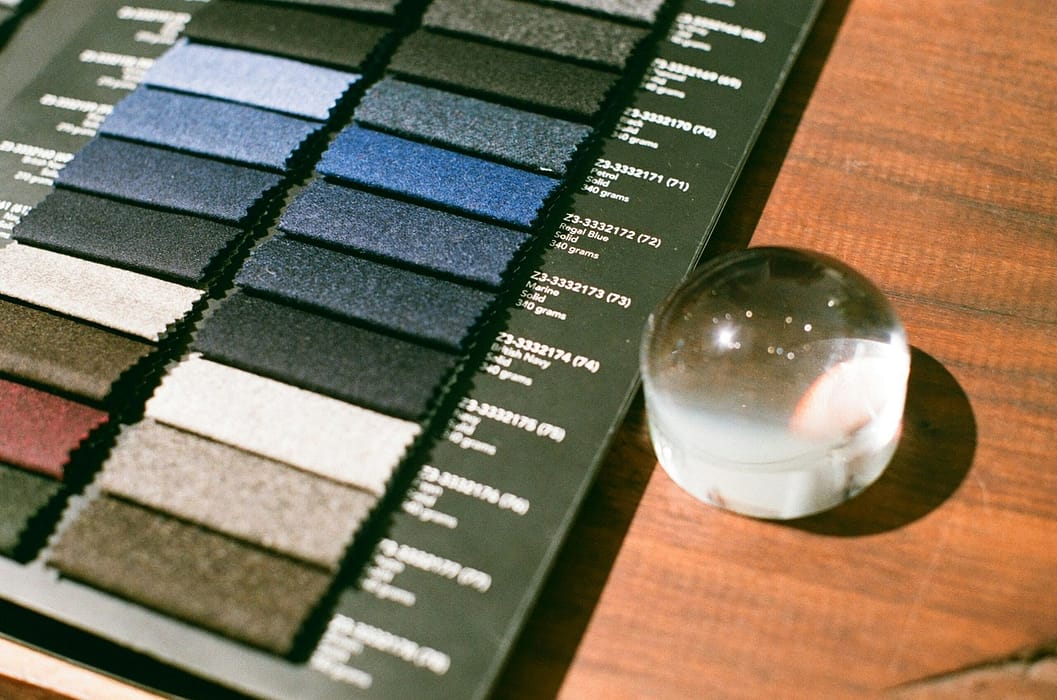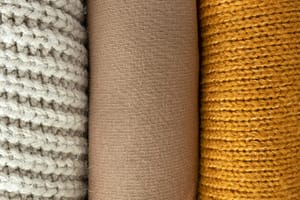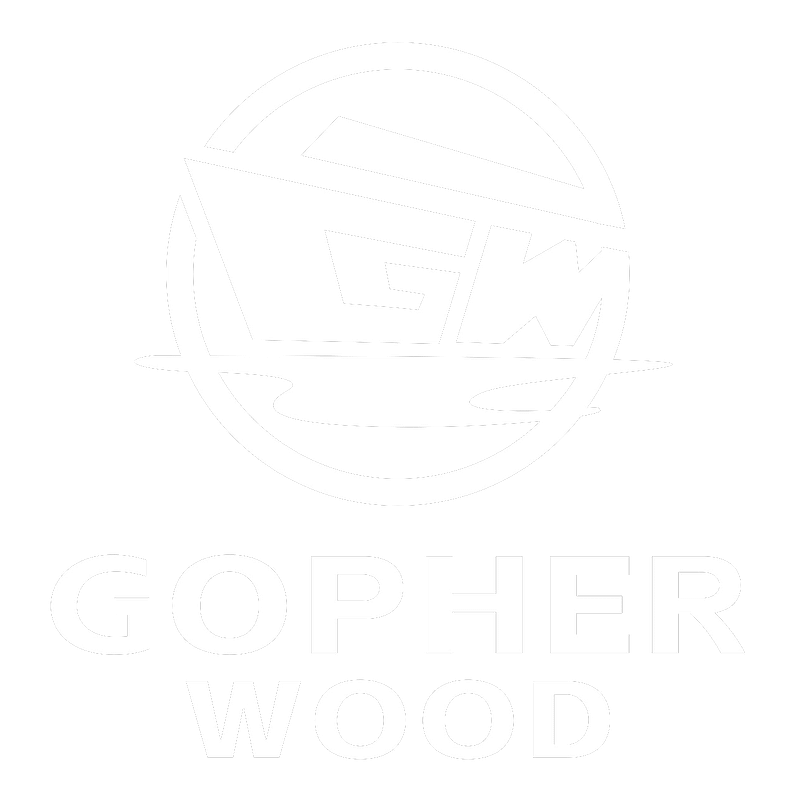Introduction
Fabric sourcing is the process of identifying and obtaining the appropriate textile materials needed for garment production. It involves evaluating suppliers, comparing materials, negotiating pricing, and ensuring fabric meets the desired specifications for a particular product. This step is crucial in the fashion supply chain, directly influencing design, cost, quality, and production timelines.
For apparel manufacturers, designers, and brands, effective fabric sourcing lays the foundation for successful product development. Choosing the right fabric determines how a garment looks, feels, and performs. Understanding the basics of sourcing equips businesses to make informed decisions, minimize risk, and align materials with brand values and market demands.
Types of Fabric Sources
Understanding where fabrics come from is essential for making strategic sourcing decisions. Fabric sources can be broadly categorized into primary and secondary sources:
- Primary Sources refer to original manufacturers, typically textile mills that produce fabrics directly. Working with mills allows for custom developments, better pricing on volume, and traceability. However, they often have high minimum order quantities (MOQs) and longer lead times.
- Secondary Sources include fabric agents, wholesalers, and jobbers. These suppliers offer flexibility with smaller MOQs and faster delivery. They’re ideal for startups or limited runs but may have limitations in terms of consistency and traceability.
In addition, global sourcing opens access to diverse fabric types from different regions—such as high-end silks from China, technical fabrics from Taiwan, or natural fibers from India. Choosing the right type of source depends on your production scale, lead time, and customization needs.

Key Considerations When Sourcing Fabric
When sourcing fabric, several key factors must be evaluated to ensure the material aligns with your product goals and production plans:
- Quality: Assess fabric durability, texture, colorfastness, and overall finish. Request swatches and perform tests where possible to validate quality standards.
- Cost: Pricing impacts your total garment cost. Consider not only the base price per meter but also shipping, duties, and potential waste due to fabric defects or shrinkage.
- MOQ (Minimum Order Quantity): Suppliers typically require a minimum purchase volume. Balancing order size with your production needs is crucial to avoid overstock or inflated costs.
- Lead Time: Time is critical. Understand how long the supplier takes to produce and ship fabric, especially if you work on tight seasonal schedules.
- Reliability: A supplier’s reputation for consistency, communication, and problem-solving can make or break a project. Vet partners carefully.
Sourcing by Fabric Type
| Fabric Type | Common Uses | Sourcing Notes |
|---|---|---|
| Knitted Fabrics | T-shirts, leggings, activewear | Sourced from knitting mills; check for stretch, recovery, weight, and shrinkage. |
| Woven Fabrics | Shirts, trousers, jackets | Available in various weaves; ensure consistent warp/weft from experienced mills. |
| Specialty/Technical | Outdoor gear, uniforms, sportswear | Often niche; may require certifications (e.g., waterproof, fire-retardant). |
| Sustainable Fabrics | Eco-friendly fashion, green product lines | Look for organic or recycled materials; request third-party sustainability proofs. |

The Fabric Sourcing Process
The fabric sourcing process typically follows a structured workflow to ensure that materials meet design, production, and quality standards. Below is a step-by-step breakdown:
- Identify Fabric Needs
Define the fabric’s technical and aesthetic requirements—fiber type, weave, weight, stretch, finish, and intended use. - Research and Select Suppliers
Look for mills, agents, or wholesalers that offer the desired fabric type. Evaluate them based on reliability, MOQ, lead times, and past reviews. - Request Swatches and Samples
Order swatches or sample yardage to assess color, texture, durability, and compatibility with your product. - Evaluate Quality and Compliance
Test samples for shrinkage, colorfastness, and performance. Confirm if the fabric meets your regulatory and industry requirements. - Negotiate Terms
Discuss pricing, payment terms, MOQ, lead times, and shipping methods. Ensure everything is documented and agreed upon. - Place the Order
Once approved, place a bulk order and confirm the production timeline with the supplier. - Follow Up and Inspect
Stay in touch during production. Upon delivery, inspect the fabric for defects or inconsistencies before it moves to cutting or production.

Fabric Testing and Compliance
Ensuring fabric quality goes beyond feel and appearance—proper testing and compliance are critical to meet performance expectations and industry standards.
- Physical Testing: Fabrics should undergo tests for shrinkage, tensile strength, abrasion resistance, and pilling. These assessments help ensure the material performs well in its intended application.
- Colorfastness Testing: This includes testing for resistance to washing, rubbing, perspiration, and light. Poor colorfastness can affect product appeal and customer satisfaction.
- Chemical Compliance: Many countries require fabrics to comply with chemical safety standards (e.g., OEKO-TEX®, REACH, or CPSIA). Sourcing from certified suppliers helps mitigate legal and health risks.
- Functional Testing (if applicable): For performance fabrics, check for waterproofing, breathability, UV protection, or flame retardancy. Request lab test reports where needed.
Collaborating with third-party testing labs or using in-house quality control teams ensures that sourced fabrics are safe, reliable, and consistent across batches.

Conclusion
Fabric sourcing is a vital component of the apparel production process that directly impacts the quality, cost, and success of your finished products. By understanding the different types of fabric sources, key considerations, and the step-by-step sourcing process, businesses can make informed decisions that align with their design vision and operational needs. Rigorous testing, compliance, and proactive management of common challenges further ensure reliable fabric supply and consistent product quality. Whether you are a startup brand or an established manufacturer, mastering fabric sourcing knowledge empowers you to build stronger supply chains and create garments that truly stand out.
As a clothing manufacturer, GOPHERWOOD offers flexible cooperation modes tailored to your needs, including incoming material processing and commissioned design processing. With our expertise and reliable production capabilities, we help bring your fabric sourcing and garment production projects to life smoothly and efficiently. Partner with GOPHERWOOD for quality, scalability, and seamless global collaboration.






